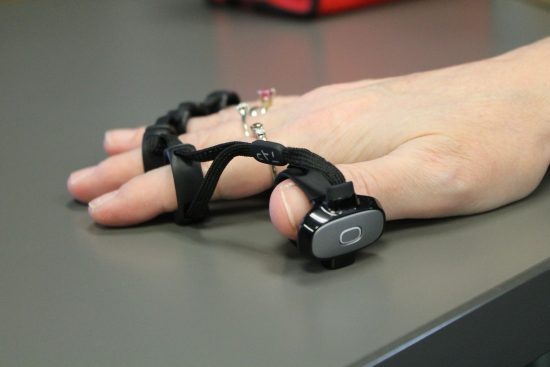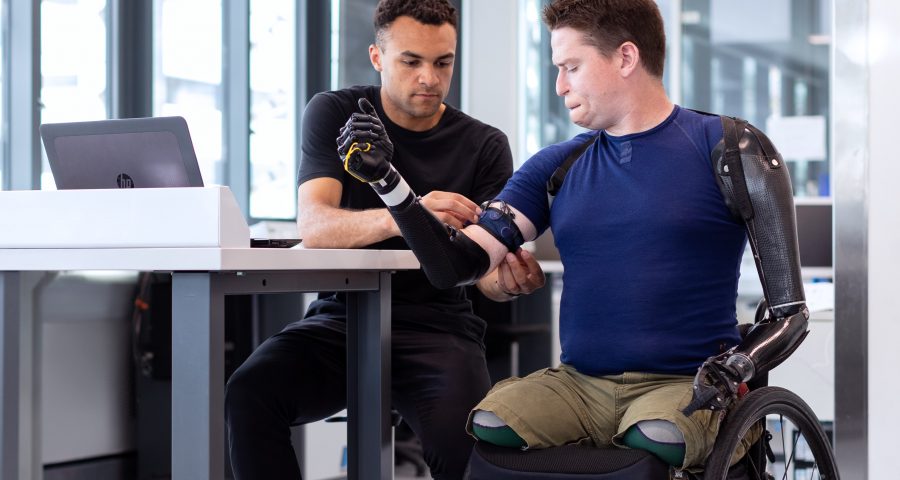Learning Web Accessibility
As a software engineer, I have never really considered making my products accessible. It is sad to think it never came to mind to make software and websites a truly inclusive platform for all individuals. Even worse, I build software for clients, many of which are big companies with a well diverse employee pool. Not one of these clients have included web accessibility as a requirements for their product requests. Although this is an anecdotal reference in argument for a more accessible digital environment, the ample court cases on this matter suggest it is a real concern. Essential Accessibility, a company involved with the making digital assets accessible, made a well researched blog post highlighting the increasing law-suits in demand for more accessible web products. Learning about digital accessibility has exposed me to an impartial mode of content creation that I believe will propel society, especially the digital world, to a more egalitarian experience for all.
What is Web Accessibility?

Before I highlight the significance of Web Accessibility, it is important to understand what it really is. Web Accessibility simply refers to the process of making digital tools (websites, technologies, etc…) in a manner that will allow individuals with disabilities to use them. Unfortunately, the word ‘disability’ has been popularly reduced to describe the commonly known conditions like blindness or deafness. However, disability in this context involves any condition that affect access to the Web including the following:
- Auditory
- Physical
- Cognitive
- Visual
- Neurological
- Speech
Although the target audience is people with disability, building products with Web Accessibility in mind can lead to benefits for even individuals without disabilities. For instance, I find reading physical books inconvenient. Perhaps this is because I am lazy 😂, but I am able to leverage the popular text-to-speech feature to read novels I enjoy. Mind you, this text-to-speech feature is a direct variant of the initial print-to-speech reading machine that was developed for individuals with visual impairments.
Is Digital Accessibility that Important?
Of course! Even though I am an individual that enjoys debating any meaningful topic, the idea of Digital Accessibility is one those topics that I now consider – not up for debate. This is because the mere act of debating it brings to question whether we as a society consider individuals with disabilities an equal member of the population.
For the sake of awareness however, Digital Accessibility helps to:
- Promote a culture of inclusion, as the whole idea of web accessibility involves the inclusion of those with disabilities. By making it a standard; we promote a great culture of inclusion.
- Increase market reach to a sadly ignored but large demographic. The world bank reported about 1 billion disabled individuals which roughly equivalent to 15% of the population.
- Enhance your brand, since a product that publicly announces its consideration for individuals with disabilities has a more positive social appeal; which can improve business.
- Drive innovation, especially in regard to digital assets and technologies. Elise Roy’s TED Talk is a clear demonstration of how building with accessibility in mind can drive innovation.

I look forward to a world where everyone is aware of the importance of web accessibility and eagerly foster a society where everyone feels included. I have a positive outlook on these prospects and I hope YOU all help to further this mindset.


Hi Emmanuel,
Thanks for sharing your insights and being honest about your goals to grow into a more vocal advocate for web accessibility. I relate, as I didn’t think consider accessibility until I learned more about it through this module. Like Jill said, we’re always learning and growing.
I appreciate your resourceful post that provides a thorough background on what digital accessibility is and why it’s important, as it’s informative and supported by your research. Also, your use of subheadings and bullets makes your content easy to read and visually pleasing.
Looking forward to reading more of your content!
Christina
Hi Emmanuel,
This is a really impactful post for me because you are directly involved in creating software. Now that you know more you can be a powerful advocate to promote the creation of accessible digital experiences. Thank you for also pointing out that “disabilities” encompass many differences between individuals who can all benefit from accessible design.
Hi Emmanuel,
Thanks for sharing all this great information about digital accessibility. I applaud you for acknowledging your own faults in not being digitally accessible. What matters though is making sure you do everything possible going forward to be digitally accessible. The increasing amount of lawsuits is interesting and makes you wonder if a tipping point on this topic might become. I agree full heartily that digital accessibility is not up for debate. Anything that can be done to benefit people is not something that should be debated. I enjoyed reading your post and looking forward to reading your future ones!
Hi,
Thanks for sharing that you have been learning about accessibility just like I have. I, too, have created digital content without accessibility in mind in the past and now have to deal with that. As designers, we are always learning. That’s what I like about blogs — we can keep up with new developments and share them with each other. What will be the next new thing we need to learn that will cause us to look back on our previous work and reimagine it?